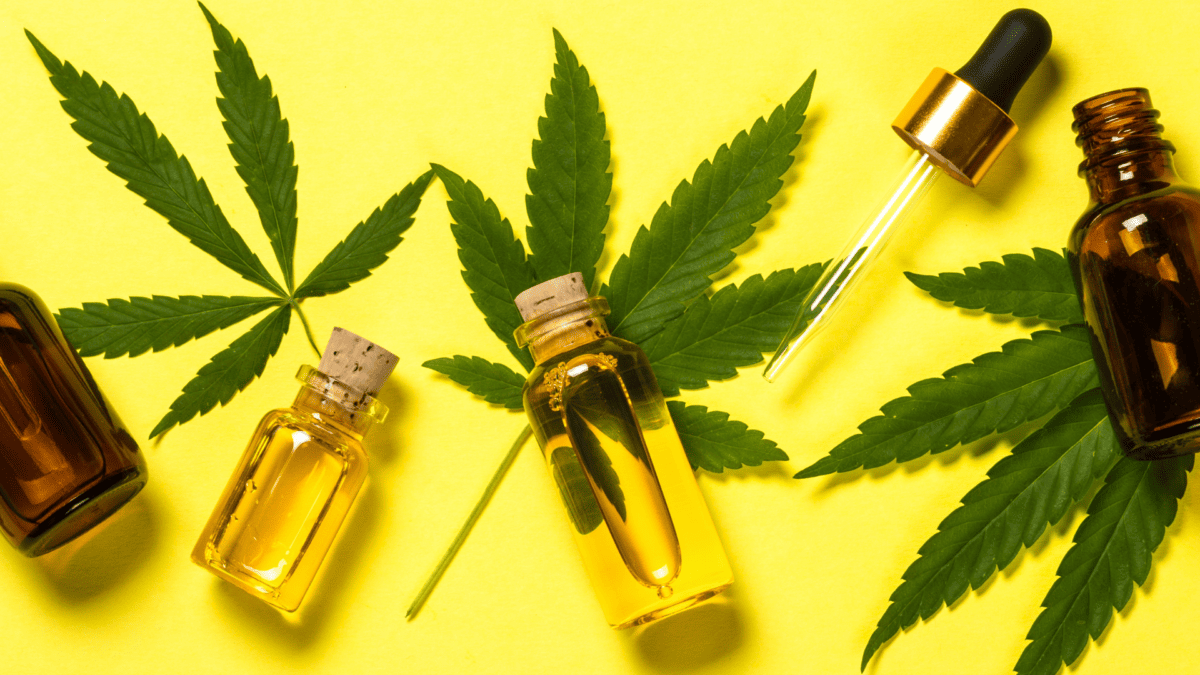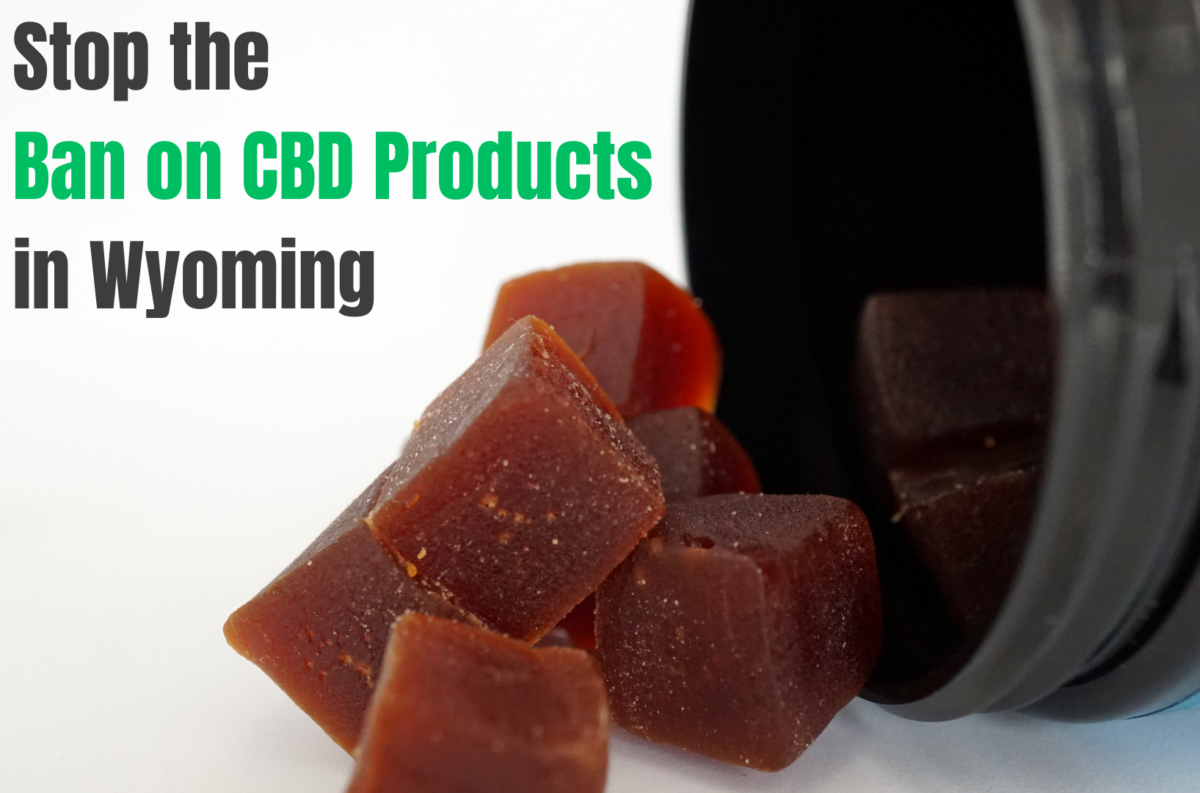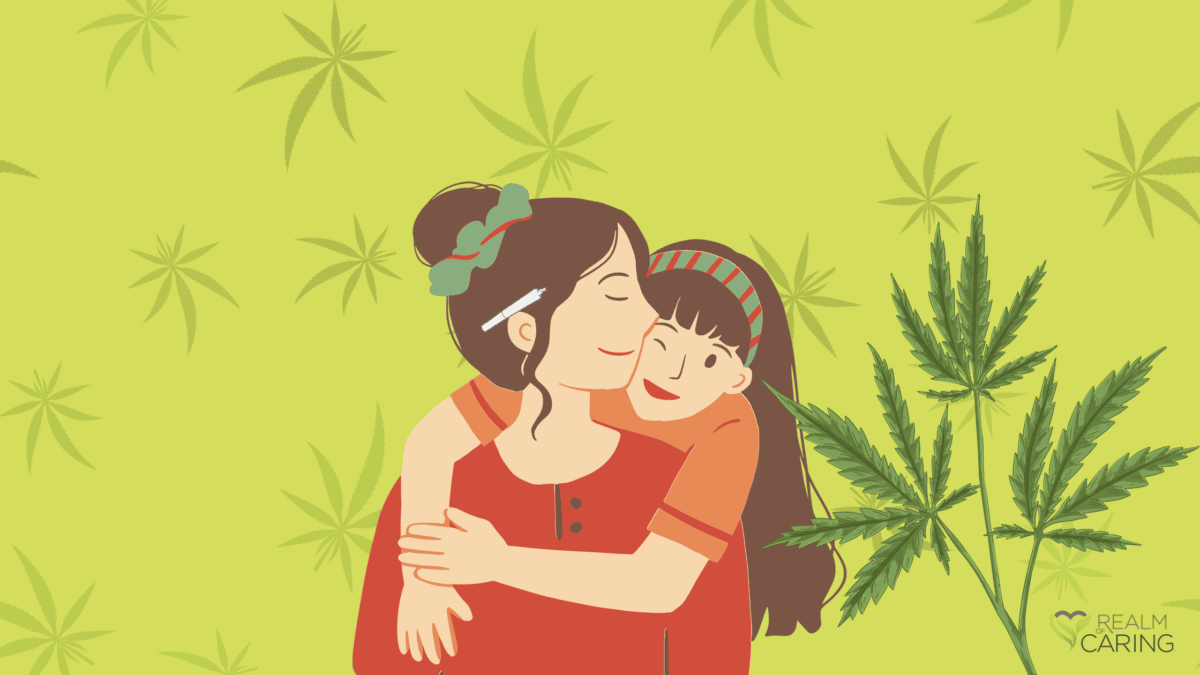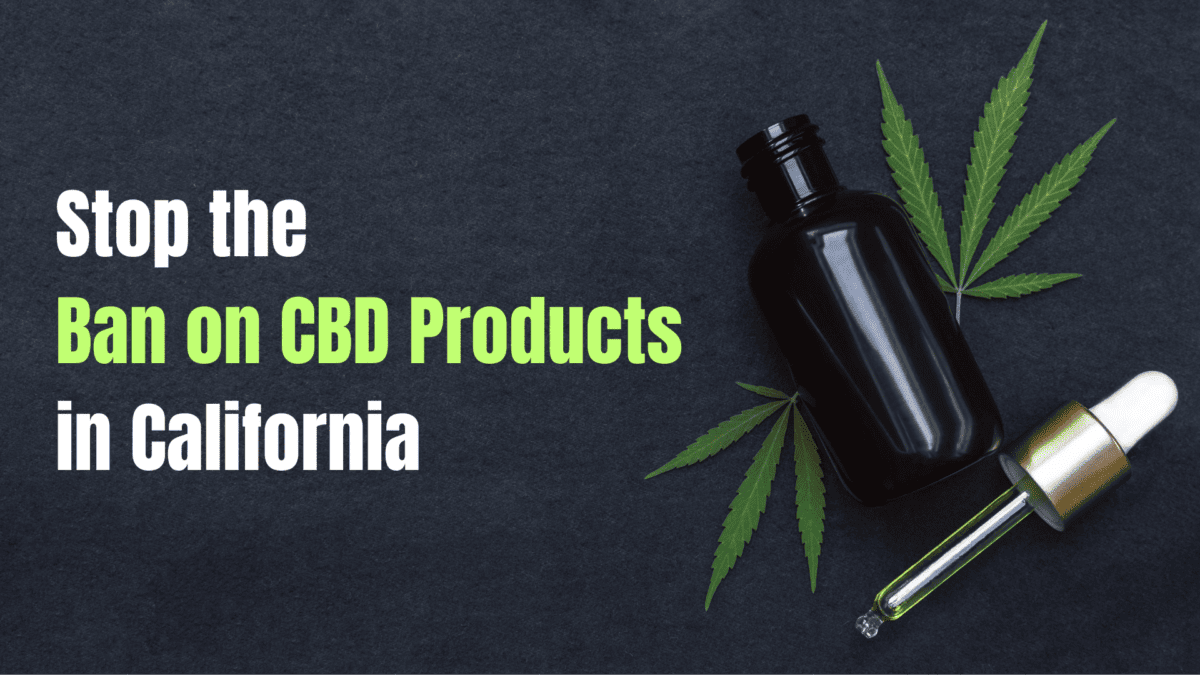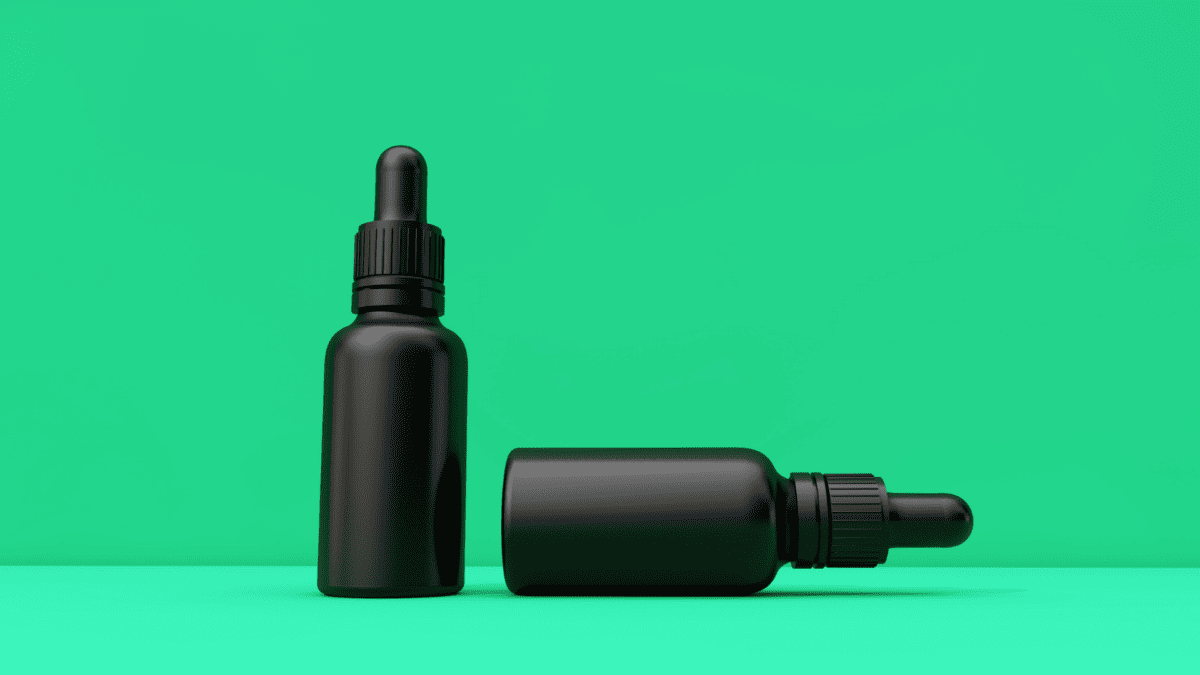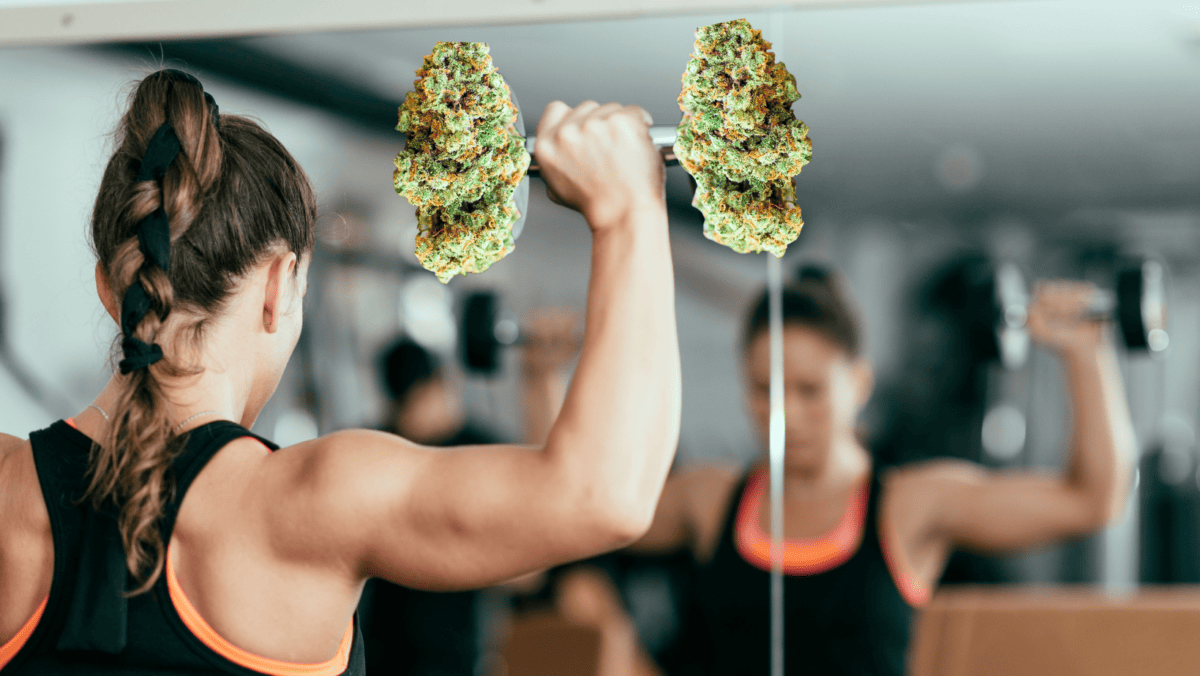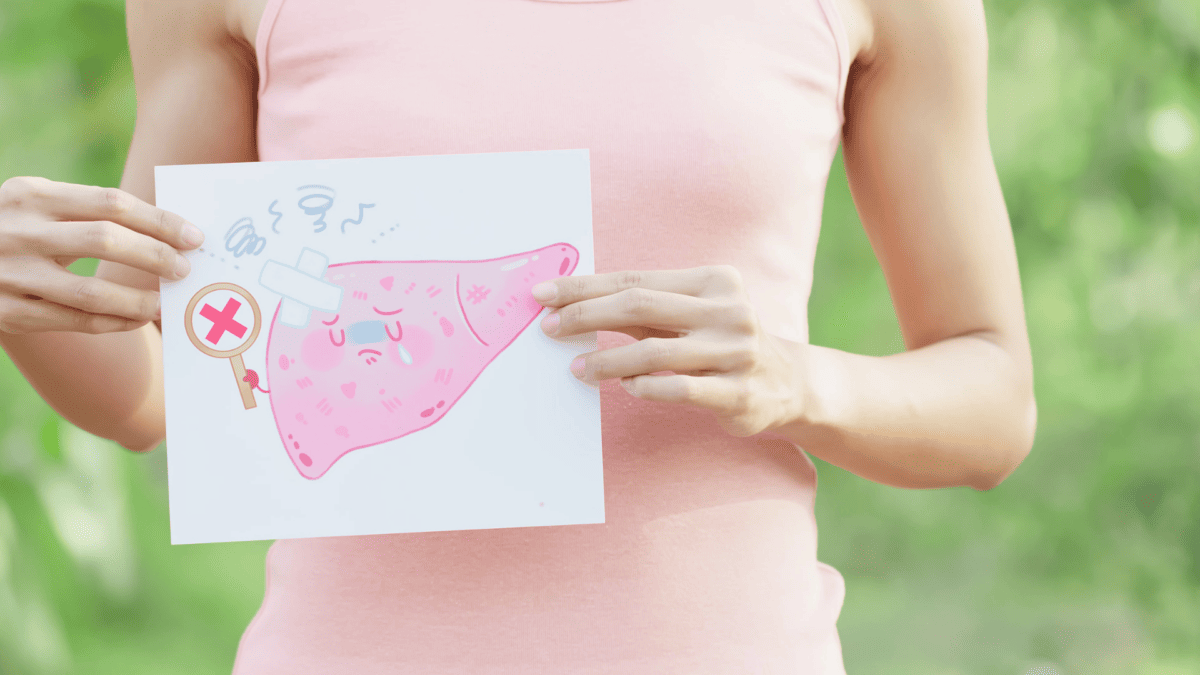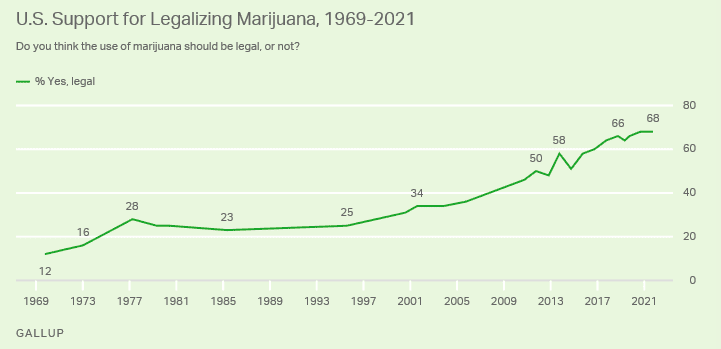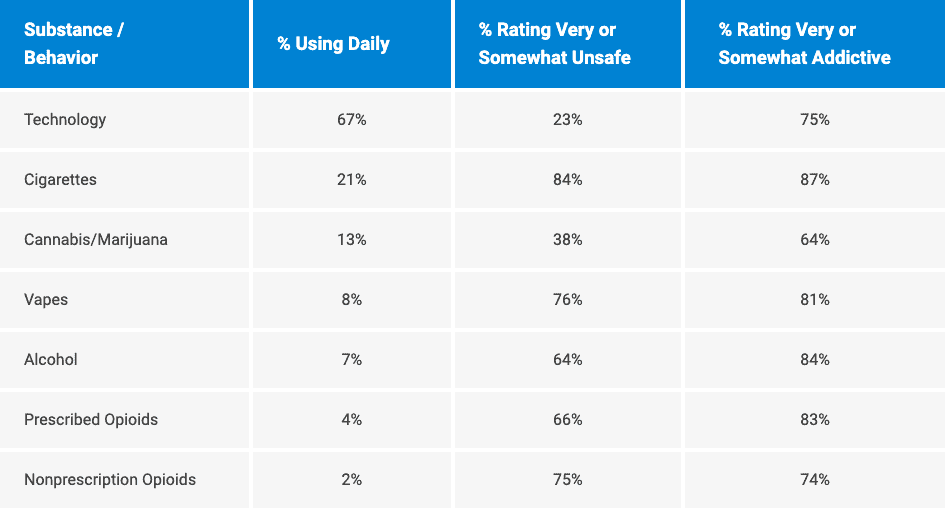September is Healthy Aging month, an annual health observance designed to focus national attention on the positive aspects of growing older. According to Carolyn Worthington, editor-in-chief of Healthy Aging Magazine, “We saw a need to draw attention to the myths of aging, to shout out ‘Hey, it’s not too late to take control of your health, it’s never too late to get started on something new.’ Why not think about the positive aspects of aging instead of the stereotypes and the negative aspects?” Activities for the observed month are designed to encourage individuals to rejuvenate and focus on positive measures that impact areas of physical, social, financial, and mental wellness.
While working to improve your daily health, natural changes may happen in the body with age that one may want to focus on so you can get to feeling your best. These changes include skin damage from sun exposure, loss of physical strength and muscle mass, and changes in sleep patterns, energy levels, and appetite. In addition, chronic diseases become more prevalent as we age. These include heart disease, diabetes, arthritis, and Alzheimer’s, among others. Here we will discuss further potential benefits that adding cannabis to your routine may bring to potentially help combat some of the more common changes and diagnoses that occur with aging.
Skin Health
There is a continuous need to seek more efficient, safer, and widely available methods to treat medical conditions, skin pathology included.
Of the cannabinoids researched to date for skin health, cannabidiol (CBD) is a widespread ingredient in skin care products formulated as body oils, moisturizers, salves, lotions, and balms. Delta-9-Tetrahydrocannabinol (THC), and potentially cannabinol (CBN), may also be responsible for skin benefits such as reducing cytokine production and oxidative stress. Additionally, cannabigerol (CBG) has powerful anti-inflammatory and antibacterial properties that may add benefit to our skin health.
Hyperpigmentation can take place as a result of melasma, sun exposure, imbalanced hormone levels, or skin conditions such as acne, dermatitis, or psoriasis. CBD has been quoted through research as a powerful antioxidant. Studies have also shown that CBD may help to hydrate dry and irritated skin. The combination of the ability to defend against free radicals and oxidative stress as well as increase moisture, may help to improve discoloration of the skin.
Muscle Mass
A study published in the Frontiers in Public Health examined the exercise habits of over 600 cannabis users. Surprisingly, the study found that cannabis users reported higher levels of weekly exercise compared to non-users. This unexpected correlation suggests that cannabis might play a role in motivating individuals to stay active.
There is indication that cannabis users experienced greater feelings of positive affect, tranquility, and enjoyment during exercise compared to non-users. This suggests that cannabis may enhance the overall exercise experience, making workouts more enjoyable and potentially leading to increased adherence.
Sleep and Energy
In normal aging, the serotonin system shows reduced receptor binding and losses in related functions, such as sleep and its quality. Cannabis Sativa is often used for improved sleep and relaxation, attributed to Indian hemp in the nineteenth century.
For starters, hemp seeds contain a vitamin B6 content that can trigger the conversion of our body’s tryptophan into serotonin, which can then be converted to melatonin.
CBD has been researched for its therapeutic potential for sleep disorders through limiting symptoms that may keep us awake at night but also may contribute to an increase in sleep duration and depth, as well as decrease in the anxiety responses induced by sleep disturbance.
In comparison to CBD, THC has shown in studies as having an effect on mental and physical sedation, even in low amounts. THC also has positive therapeutic benefits that may lead to better sleep.
Cannabinoids CBD, THC, and CBN have been lightly studied for their effects in balancing melatonin production. Cannabinoids are also being studied to better understand the complementary relationship they have with melatonin. Data published in 2022 suggest that a CBD-melatonin formula could be competitive with synthetic-hypnotic drugs (i.e. Ambien, Unisom). The antioxidant activity of melatonin that benefits the brain network coupled with the pain reduction and anti-anxiety effects of CBD promoted a balanced sensation of wellbeing during sleep.
A qualitative analysis published in 2022 paid close attention to the notable quality of life improvements attributed to medicinal cannabis use. The two overarching categories were “enhanced well-being” and “improved daily functioning”. Enhanced well-being includes feelings such as regaining a sense of hope, enjoying family life, and laughing more often. An adult from the study with Lyme Disease was quoted saying, “People such as myself are able to become productive and valued members of society again when we can have the quality of life improved so simply.”
Appetite
The Endocannabinoid System (ECS) plays a role with our appetite control – from the suppression of appetite to counter over-consumption to the treatment of conditions that involve reduced appetite and weight loss. This is why cannabinoid receptor antagonists (such as CBD) may manage obesity while agonists (such as THC) may be a therapy option for anorexia.
Unwanted weight gain may be attributed to poor sleep, lack of physical activity, and nutrition. Therefore the approach to combating this may be a combination of lifestyle changes.
Cannabinoid therapy may be a part of the equation for its potential to support our overall health and wellbeing. Research points towards cannabinoids as strong candidates for antioxidant, preventative, and recovery benefits. In addition, cannabinoids may decrease stress levels, improve sleep, and benefit metabolic syndrome.
Cardiovascular Diseases
CBD has been researched for the many ways it may benefit our heart health, some of the most notable therapeutic actions of the molecule are the anti-inflammatory and antioxidant properties. Some cardiovascular conditions and diseases that are associated with inflammation and oxidative stress are diabetes, cardiomyopathy, stroke, arrhythmia, atherosclerosis, and hypertension. The therapeutic potentials of CBD are why it is being considered in research for the prevention and treatment of these conditions and diseases. In addition, CBD has particularly gained momentum because it does not appear to have effects on resting blood pressure or heart rate, rather it has shown in vivo to reduce the cardiovascular response to various stress types.
Diabetes
Researchers examined the effects of cannabis on glucose regulation and insulin secretion, publishing findings in August of 2023. From this publication, a meta-analysis of 7 studies containing 11 surveys and 4 cohorts revealed that the odds of developing type 2 diabetes in individuals exposed to cannabis was 0.48 times lower than those without cannabis exposure.
The ECS plays an important role in modulating metabolism and appetite. CBD may help the browning of white adipose tissue (the process of burning fat in the body) and promote lipid metabolism. This may help with the weight gain often associated with irregular menstrual cycles and menopause. Sometimes, this weight gain may lead to Type 2 Diabetes. Being that Type 2 Diabetes is an inflammatory condition, the anti-inflammatory properties of cannabinoids, as well as their ability to prohibit oxidative stress, could help to be a preventative measure. There is also research to show promise of CBD and THCV in reducing insulin resistance and moderating blood sugars.
Arthritis
Cannabinoids are commonly investigated as pain-relieving agents, but in recent years more evidence has accumulated on their potential immunomodulatory effect, supported by results in animal models of certain rheumatic diseases. While results that demonstrate the same effect in humans are lacking, cannabinoids and cannabis remain potential options to alleviate the pain associated with rheumatic diseases, as they were shown as safe and causing little to no adverse effects.
We know through research that CBD has a wide spectrum of biological activity, including anti-inflammatory activity. This is why its activity in the prevention and treatment of diseases whose development is associated with inflammation has been tested. In addition, CBD creates a physiological response with several inflammatory mediator receptors within us. These are known as the PPARy, GPR, and Adenosine A2A Receptors.
The anti-inflammatory contributions of THC are also extensively studied, showing PGE-2 synthesis, decreased platelet aggregation, and stimulation of lipoxygenase, all actions related to reducing inflammation. THC has 20 times the anti-inflammatory potency of aspirin and twice that of hydrocortisone.
Neurodegenerative Diseases
A recently published study showed the first attempt in which significant focus has been imparted on all three aspects of cognition: memory consolidation, learning, and retrieval.
Modern studies have shown that cannabis has numerous beneficial effects in neurodegenerative disorders of Alzheimer’s, Parkinson’s, epilepsy, Huntington’s Disease, multiple sclerosis, and amyotrophic lateral sclerosis. Reports have also shown that cannabis possesses anti-inflammatory, anti-depressant, anti-anxiety, antipsychotic, and anti-schizophrenic effects.
Oral administration of CBD, in one study, improved the cerebral blood flow to the hippocampus and regions associated with memory advancement, indicating improved overall memory function, and building the case to perform further studies with CBD for neurological impairments.
Finding Support
There is a lot to consider when starting cannabinoid therapy but, as always, a Realm of Caring care specialist is here to help with free one-on-one support to answer your questions. Contact us today by calling (719) 347-5400 or by emailing [email protected].


